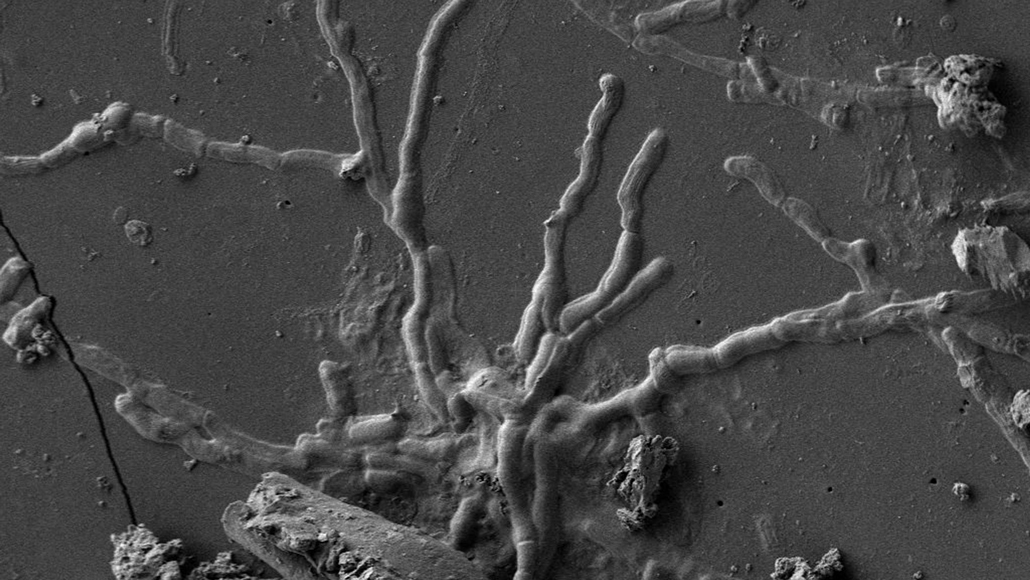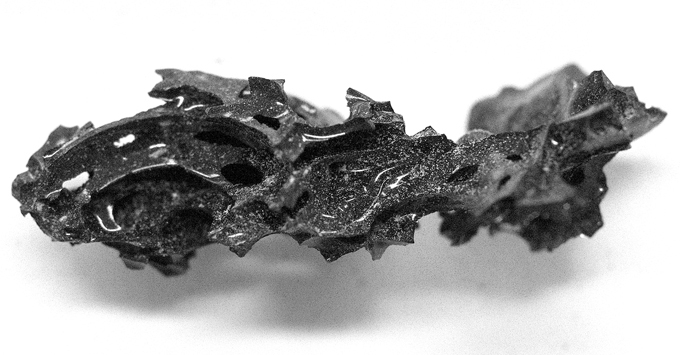These human nerve cell tendrils turned to glass nearly 2,000 years ago
Part of a young man’s brain was preserved by hot ash from Mount Vesuvius’ A.D. 79 eruption

Nerve cells (tendrils in this microscope image) turned to glass inside the brain of a young man who died in Mount Vesuvius’ A.D. 79 eruption, preserving these neurons for nearly 2,000 years.
P. Petrone et al/PLOS One 2020








